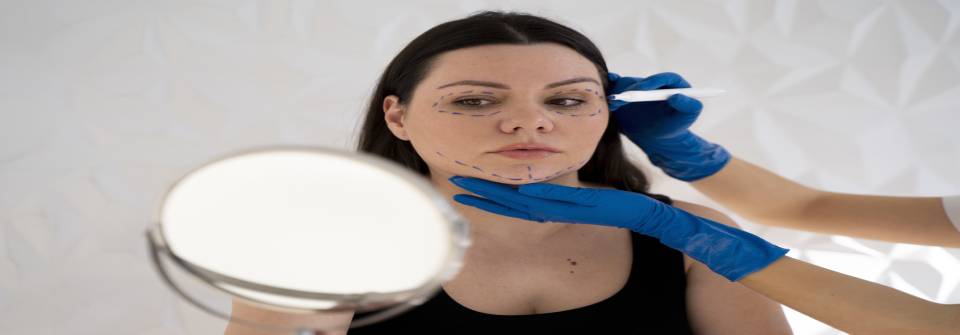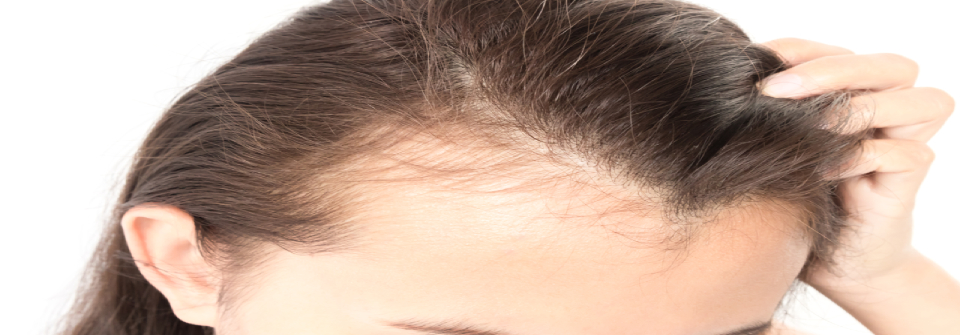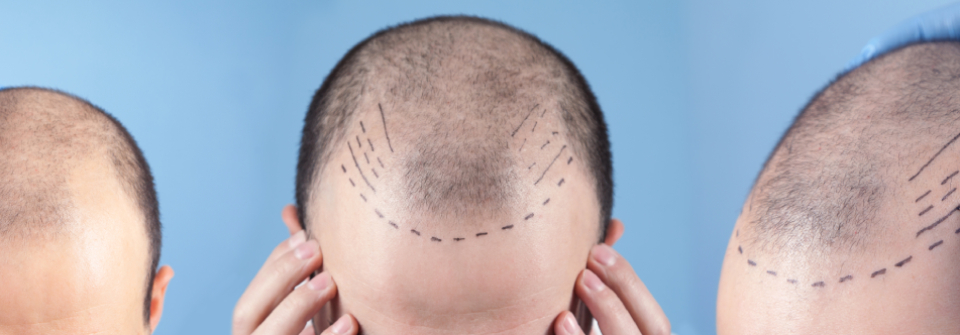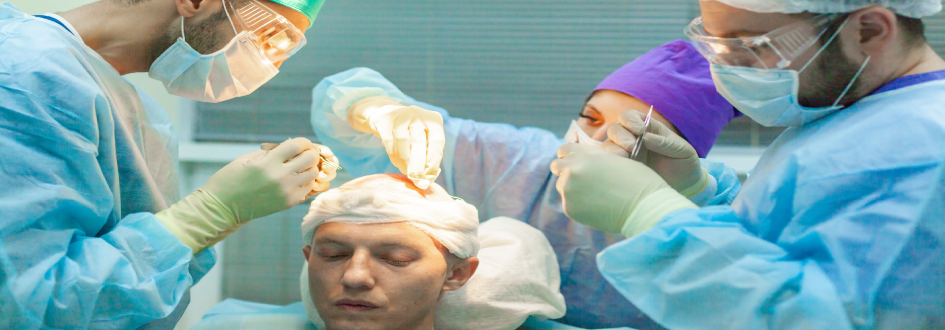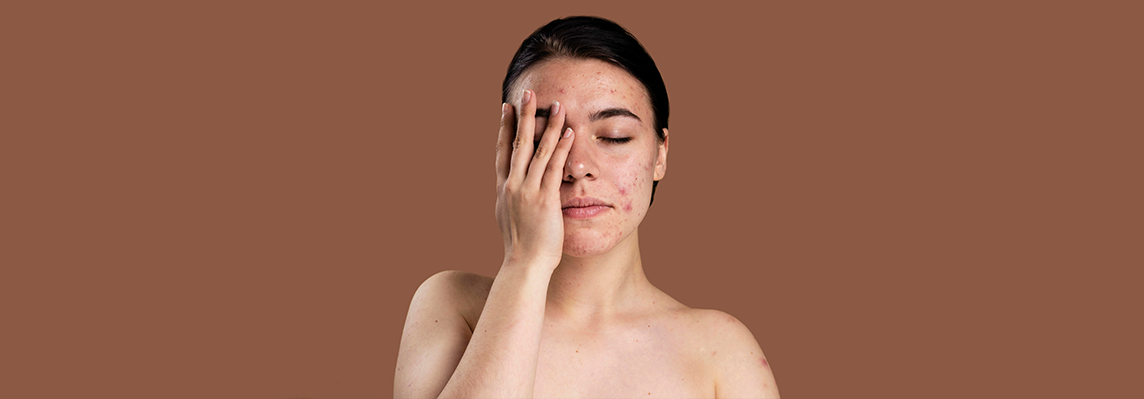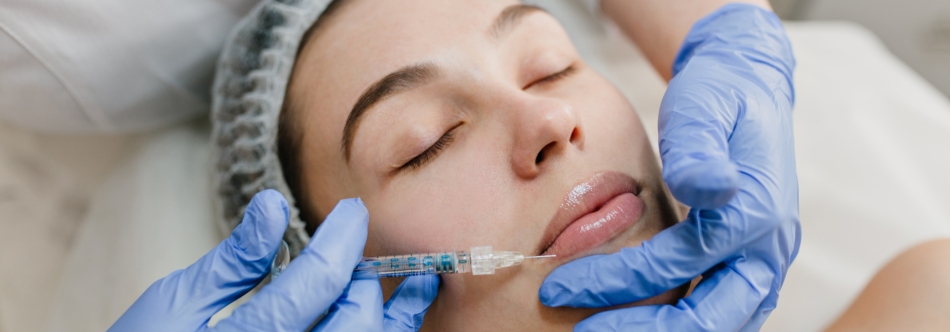
What are the long-term effects of botox and fillers?
Botox has shown to be a trendy and successful method for minimizing or even getting rid of numerous face creases and lines. To prevent lines and wrinkles from eventually reappearing, Botox operations must be frequently repeated. The results of each Botox treatment are transient, often lasting between three and six months. As a result, many people have questioned if using Botox on a long-term basis has drawbacks.
You may consider Botox Cosmetic if you want to delay the aging process and erase years from the appearance of your face (botulinumtoxinA). It is an FDA-approved injectable that lessens the visibility of tiny lines around the lips and eyes, as well as on the forehead. Injections with Botox are affordable and only take 10 minutes. And the dermal fillers cost sufficient too. Results might be visible within 24 to 48 hours after the injections. And if you are looking for a botox treatment in Bangalore, our experienced team is more than ready to help you.
You may be wondering what happens if you have Botox injections for a long time. Let's examine a few of Botox's long-term impacts.
How Does Botox Work?
It's crucial to realize that the primary goal of using Botox is to prevent the facial muscles that generate wrinkles rather than eradicate them. Although muscles aren't directly impacted by botox, nerve impulses cause muscles to contract. This limits the facial lines that Botox or dermal fillers treatment can treat to those directly resulting from one or more face muscles contracting. Botox typically has very little effect on facial wrinkles that are there regardless of how your facial muscles are behaving.
Botox Trains Your Muscles
After years of consistent Botox use, your muscles will learn not to produce aggressive wrinkle-forming expressions. According to Weinstein, if you become acclimated to the sensation of having less mobility in your forehead after receiving a neurotoxic, you'll be more conscious of doing it until the poison wears off.
The Muscles Weaken due to Botox
As for dermal fillers treatment for face, if you didn't use your legs for 20 years, the muscles would ultimately weaken and atrophy. The muscles in your face are susceptible to the same problem. According to renowned dermatological surgeon Patricia Wexler, MD, "If utilized frequently, over a protracted period, without interruption, the muscle may ultimately atrophy from lack of usage." Not all of your face will deteriorate, though. According to Wexler, "since the Botox is injected in specific areas on the face, over time, only those muscles treated would atrophy, leaving other muscles to maintain full volume."
According to Michele Farber, MD, of Schweiger Dermatology Group in New York City, your face won't appear ice-cold as a result. Several muscles are actively engaged to support appropriate facial expressions. She continues, "Muscles will restore strength if given a vacation from Botox."
Botox may cause the skin to seem thinner.
After using Botox for several years, Wexler claims that some individuals see a noticeable skin thinning. Subdermal veins may become visible between areas of average thickness as a result. Wexler claims that although this adverse effect is uncommon, people who begin Botox "too early," such as in their early 20s, may be at risk. According to her, in these circumstances, "the muscles and skin of the forehead [may] grow weaker and prematurely thinner." This can occasionally cause the appearance of heavier brows and eyelids over several years of usage, "making the toxin more difficult to continue using."
Botox may cause mild texture or color changes.
Again, not usual, but according to Wexler, when the skin thins, some patients may experience discoloration and "a perceptible waviness of the skin overlaying the muscles treated." On expression, the forehead could even look like it has hills and valleys, according to her.
However, this adverse effect is avoidable. According to Wexler, "[It] may be prevented by modifying the pattern of injection to deliver lesser doses of toxin in a more uniform distribution to have a similar effect without this difficulty, or discontinuing the toxin for a prolonged length of time."
You May Need Less Botox Over Time
After several years of treatment, you could require less and less Botox for maintenance. According to Farber, your muscles get weaker with time, so you may not need as much or as regularly administered Botox. "It slows aging and prevents wrinkles when your muscles are 'taught' not to move."
The Effects Will Last After You Stop
"After they stop using Botox, many worry that their faces may become noticeably wrinkled. If you decide against continuing, those muscles not being used while Botox is in effect might slow down the aging process since it stops movement when injected, which slows the appearance of wrinkles, "Explained Farber. In other words, depending on how long you adhered to a Botox regimen, you'll still enjoy appearing years younger relative to your age. Your skin won't acquire wrinkles overnight to compensate for lost time.
Long-Term Botox Brightens Skin and Decreases Wrinkles
Aside from the potential side effects of long-term Botox use, one thing is sure: According to dermatologist Debra Jaliman, MD, of New York City and the author of Skin Rules: Trade Secrets from a Top New York Dermatologist, "If you continuously get Botox for 10-plus years you will certainly look much younger and have fewer wrinkles." Your skin will appear smoother, and the visibility of both shallow and deep wrinkles will be significantly reduced.
Weinstein concurs and adds, "Even if you tended to have creases around the eyes, glabella, or forehead, you might age gracefully without any aging features. The appeal of Botox is that."
Is Baby Botox a Safer Alternative?
If commitment prevents you from starting standard botox, you could choose a more realistic option. Baby Botox, often known as botox for beginners, is just Botox injections given in lesser quantities. You'll look more natural after each session than a conventional dosage that provides the same advantages. There isn't much price difference, but you'll have fewer side effects and take less time to recover. The bottom line: Getting advice from a board-certified dermatologist is essential before going all in.
